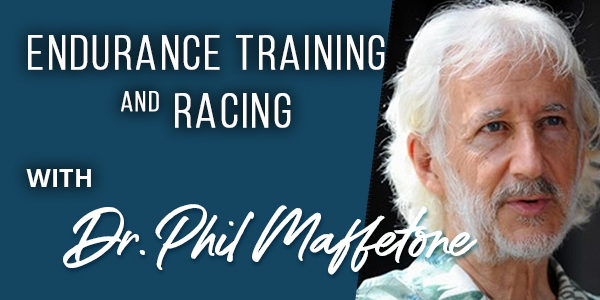
This long-standing tradition from PE classes of yore is finally on its way out. Real physical flexibility = aerobic + warm up + strength.
Perhaps no activity is more ingrained across so many sports as stretching. It’s an athletic tradition that just won’t die, despite all we know about it.
Static stretching is taught in elementary and middle-school physical education classes. We’re directed by coaches to stretch in organized sports activities. As adult athletes many believe we must include stretching as part of an effective exercise and injury prevention program. Health-care professionals of all types continue to prescribe stretching for injury prevention and even rehabilitation.
As a coach, curing the stretching habit is something I constantly have to work through with my athletes who have been mentally conditioned for years by other coaches to touch their toes.
It’s been said that trees which bend in the wind live longer, but how humans really can become more flexible remains a controversy. That’s beginning to change.
Many experts are beginning to accept that stretching is a waste of time, and that it can even be dangerous. Recently, the journal Sports Medicine printed an opinion piece drawing upon a whopping 278 references of scientific studies to indict stretching. The title? “The Case for Retiring Flexibility as a Major Component of Physical Fitness.” This was followed by a piece in Outside magazine further scrutinizing the efficacy of stretching.
Dr. Phil Maffetone has been questioning stretching for decades, going back to the 1970s.
“As I gained more experience treating and training athletes, I developed an even better clinical perspective. By that time I had many hundreds of athletes to compare,” he says. “The results were that in those who were injured a significant number were regular stretchers. Meanwhile, among athletes who did not stretch, injury rates were significantly lower.”
Likewise, in the Sports Medicine article, the author concluded that flexibility has little predictive or concurrent validity with health and performance outcomes in apparently healthy individuals, and that stretching is not the best way to improve flexibility for sports activities anyway – movement is! The author urges that stretching be de-emphasized as a component of physical fitness and that eliminating it allows programs to better utilize time for more effective activities. (Note that for some activities, such as ballet dancing and hurdling, flexibility beyond the natural range of motion may be helpful.)
One activity suggested to replace stretching is strength training.
In addition, both the Outside and Sports Medicine articles point out that stretching can actually weaken muscles for a considerable amount of time following. For example, studies show that holding a stretch for a minute or more decreases strength and speed for up to one hour.
Stretching vs. warming up
While the evidence against stretching is mounting, the notion of movement to improve flexibility is gaining support. There’s a big difference between stretching and warming up prior to exercise. A proper warm-up and cool down are crucial to an effective workout whether it’s aerobic or strength training.
For aerobic exercise, this involves a period of gentle exercise below the individual MAF 180 zone — 12 minutes before and 12 minutes after the exercise. Likewise, with MAF Strength Training, the same warm-up and cool-down activity is essential for best results.
What about yoga?
While Dr. Maffetone jokes that real men don’t do yoga, I do! However, I also do it the MAF way.
My approach to yoga involves first warming up actively, then moving in a slow and deliberate manner with appropriate attention to proper breathing technique. Every movement is slow, deliberate and fluid through one pose to the next with breath and meditation as the focus. There is no pushing beyond range of motion, and I don’t hold stretch poses very long, focusing on the number of breaths rather than time. For example, downward dog two or three breaths; to upward dog, two or three breaths; child’s pose two or three breaths, and so on.
I have also been taking a Tibetan Yoga class online in which there are NO stretching poses. It’s all breathing, combines with some movement and meditation. This technique has helped me to not only improve my breathing technique but also to improve focus during athletic activities.








